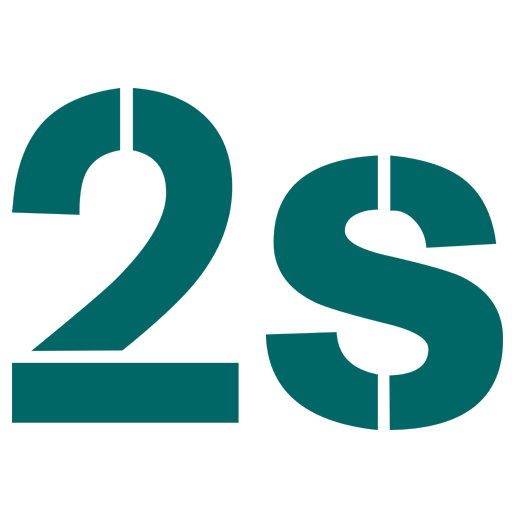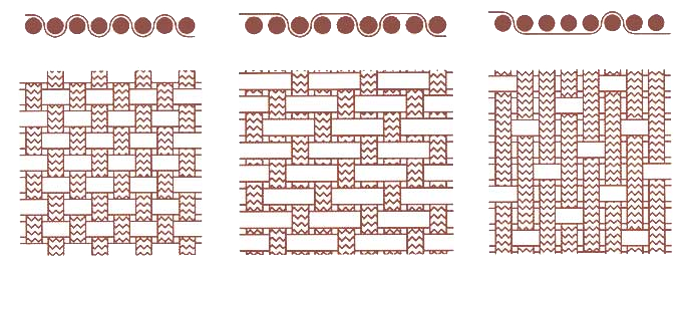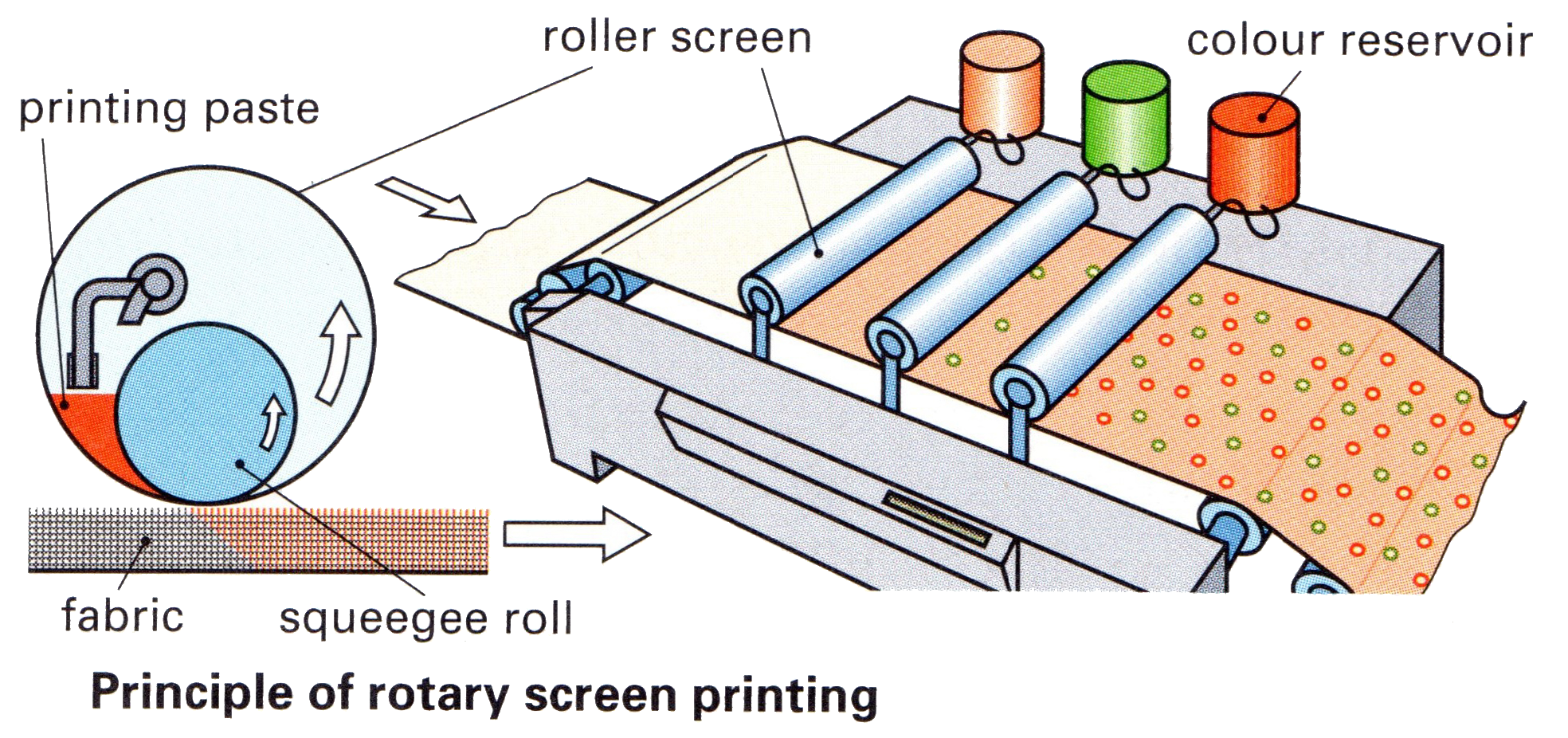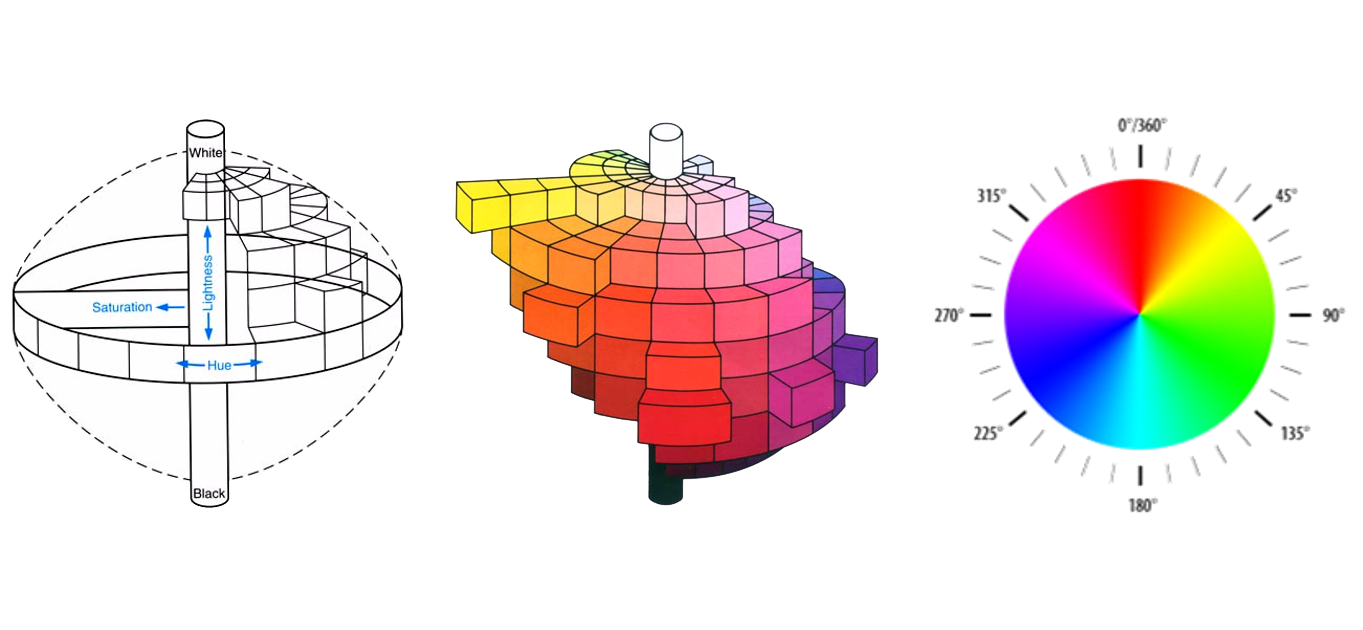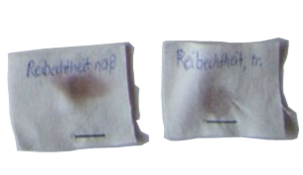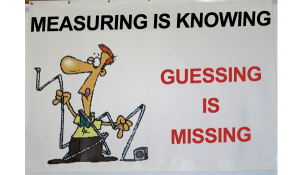TEXTILE TRAINING
BEGINNERS & ADVANCED
Employee training Textiles

BASIC TEXTILE COURSE
In a one-day basic training session, we impart the basics of textiles to you
Terms Basic Textile Course
The BASIC TEXTILE COURSE generally deals with all aspects of textile in a brief overview.
The course is given in 1 day part of about 5 hours.
The number of participants is between 1 and 10. Larger groups are possible, however, we advise not to make the group too big because experience shows that the course becomes less effective since not all questions can be addressed.
The course can be given in English, German or Dutch.
The participants get handouts of the course.
The course is usually given on location. On request, the course can be customized, tailored to the target audience or company.
If you are interested, please contact us through the contact form at the bottom of the page. We will contact you as soon as possible.
ADVANCED TEXTILE COURSE
dedicated to textile printing
To obtain detailed and competent background information about textile printing and the underlying processes and application
part I basics of textiles
ADVANCED TEXTILE COURSE
dedicated to textile printing
To obtain detailed and competent background information about textile printing and the underlying processes and application
part II printing
Terms Advanced Textile Course
The ADVANCED TEXTILE COURSE deals in depth with all aspects of textile.
Among other things additional attention is paid to printing, conventional & digital, colour physics, fastnesses, fault sources and the environment.
The course consists of 2 main parts and is, depending on the desired depth, given in 3-5 modules of about 5 hours each.
The number of participants is between 1 and 10. Larger groups are possible, however, we advise not to make the group too big because experience shows that the course becomes less effective since not all questions can be addressed.
The course can be given in English, German or Dutch.
The participants get handouts of the course.
The course is usually given on location. On request, the course can be customized, tailored to the target audience or company.
If you are interested, please contact us through the contact form at the bottom of the page. We will contact you as soon as possible.
